The Study of Psychology Lecture 1 1 Psychology

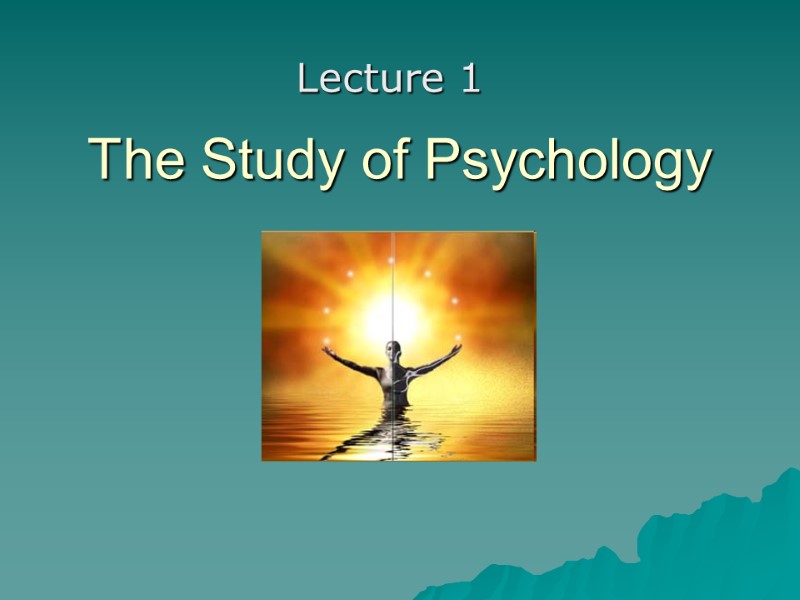

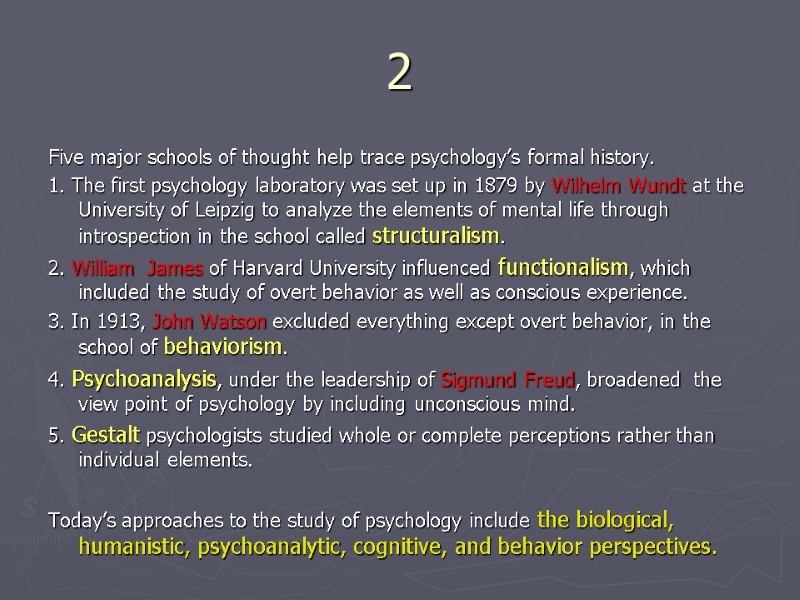
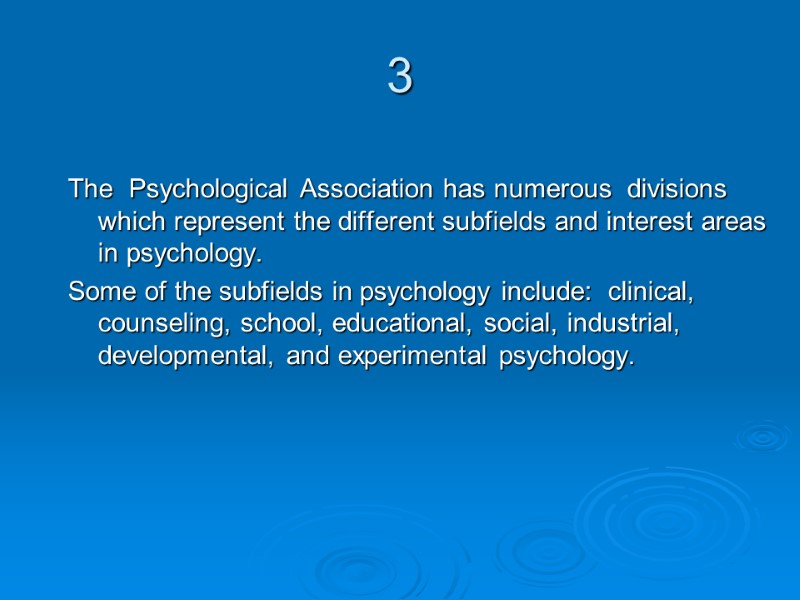
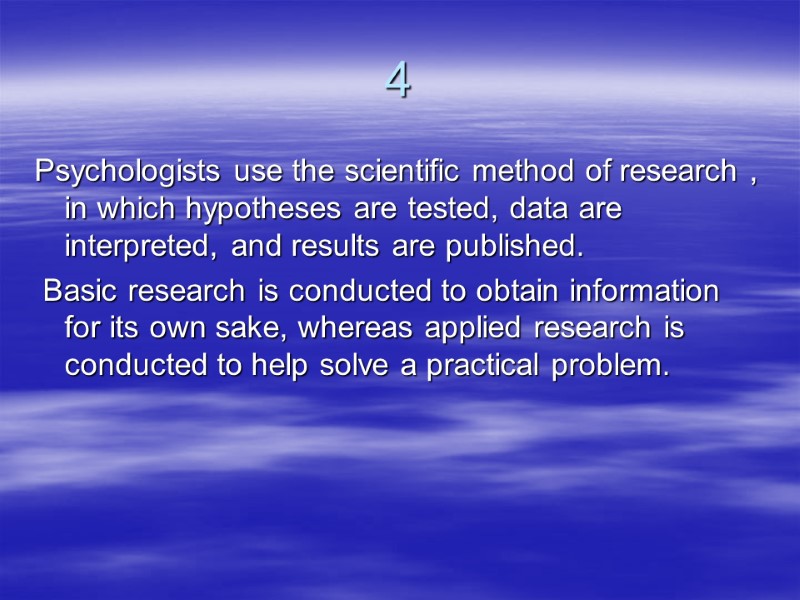
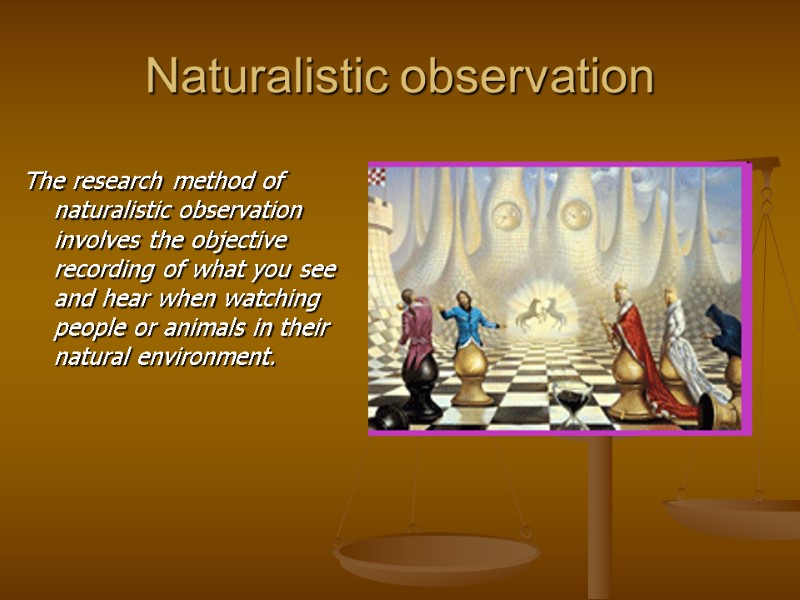
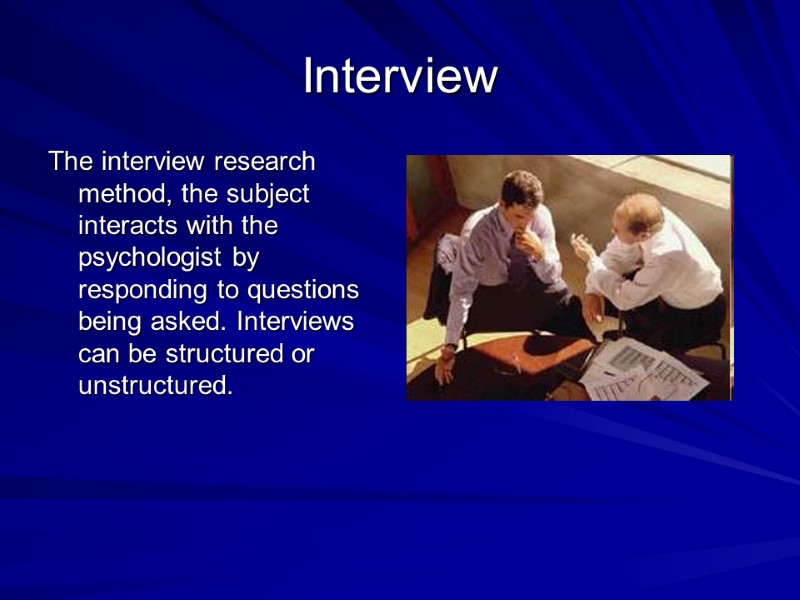
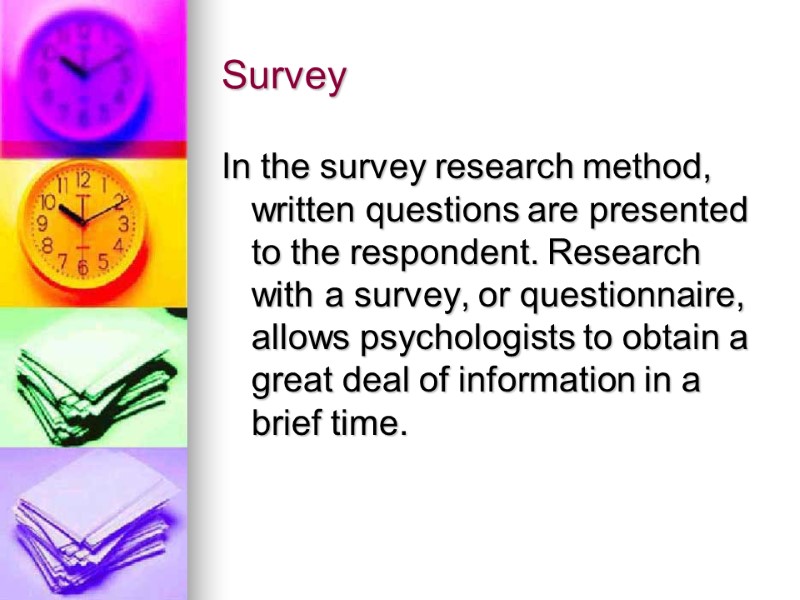
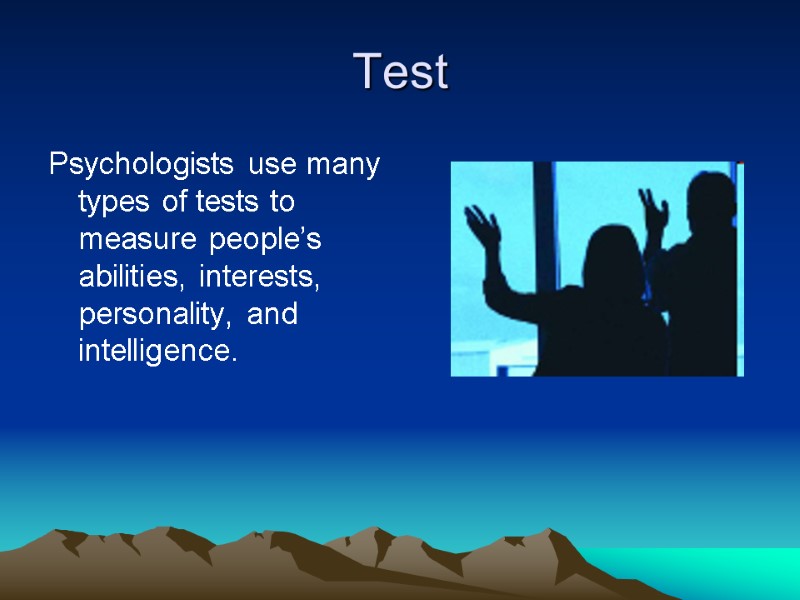
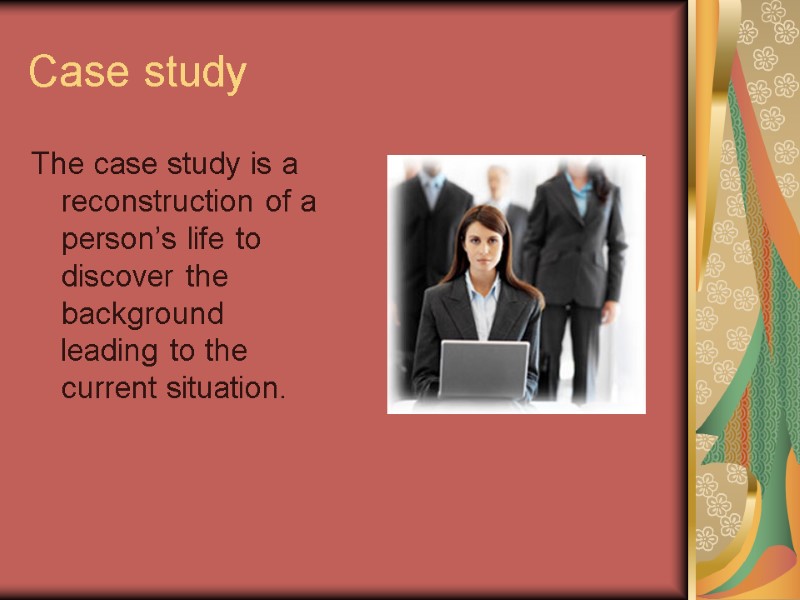

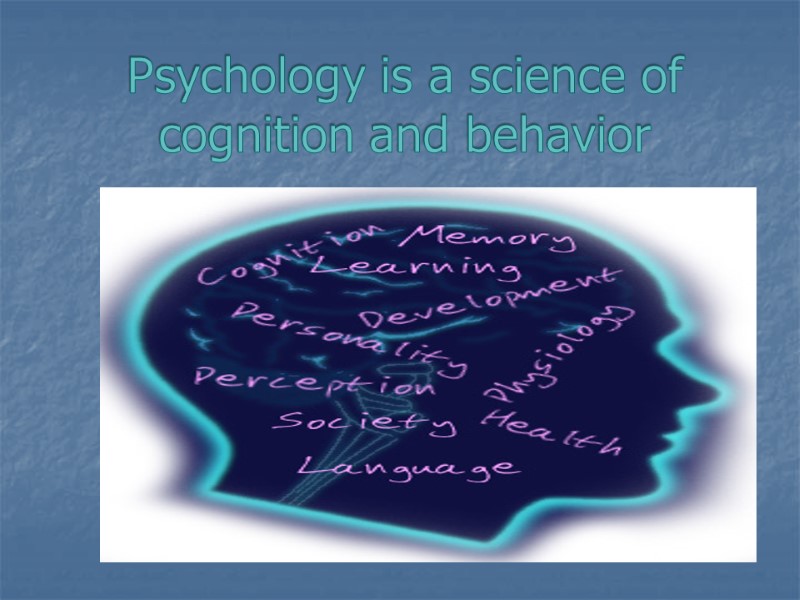


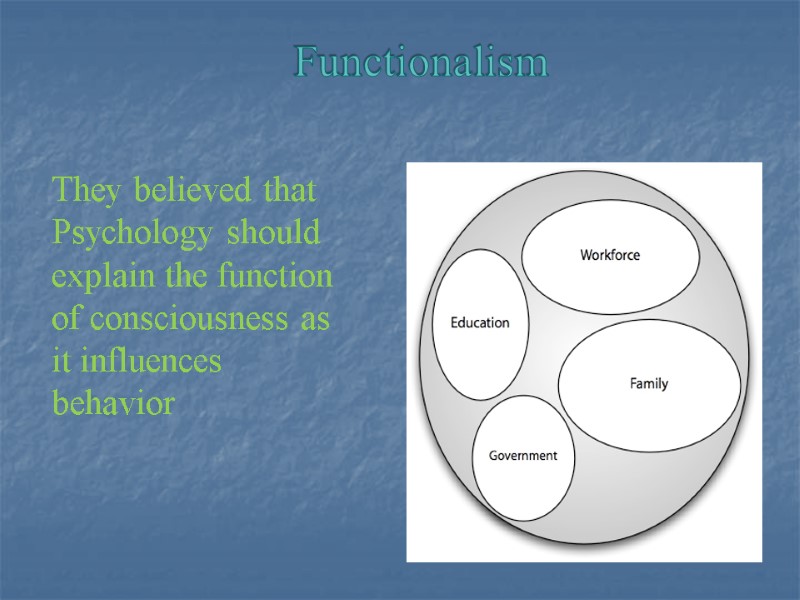
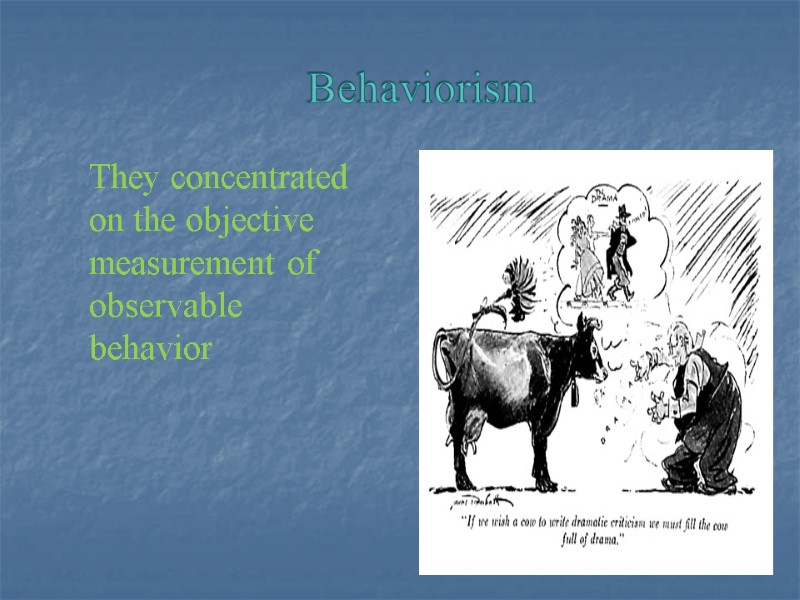
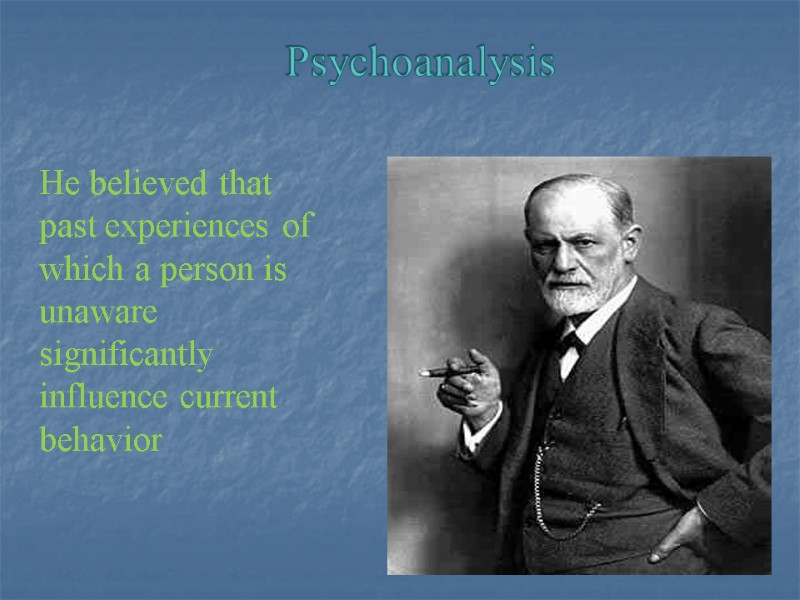
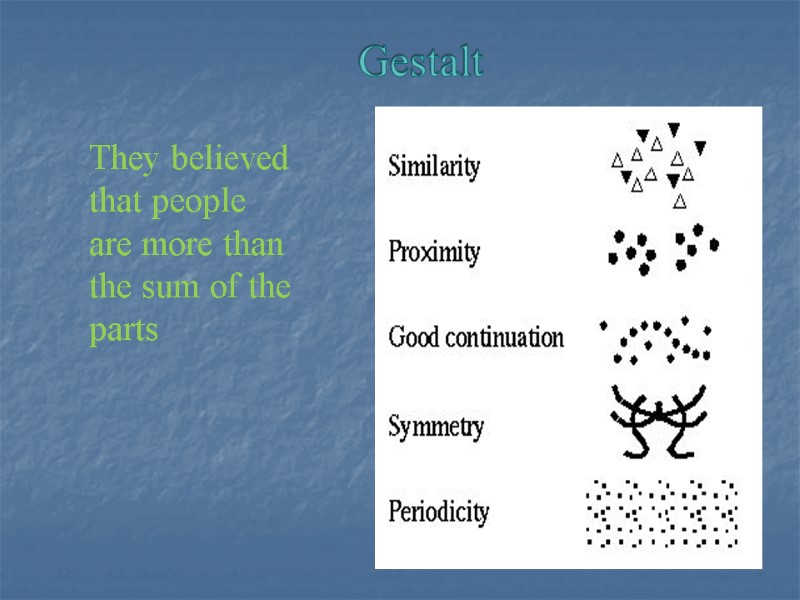
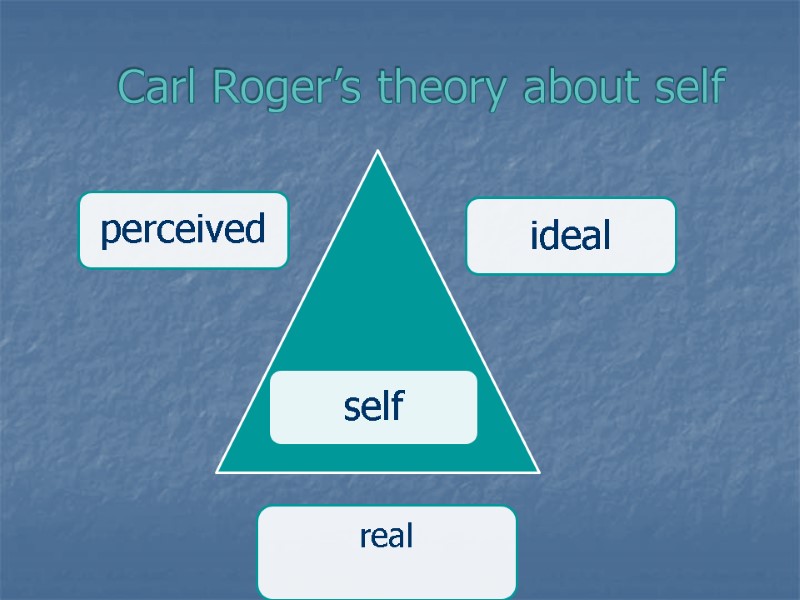

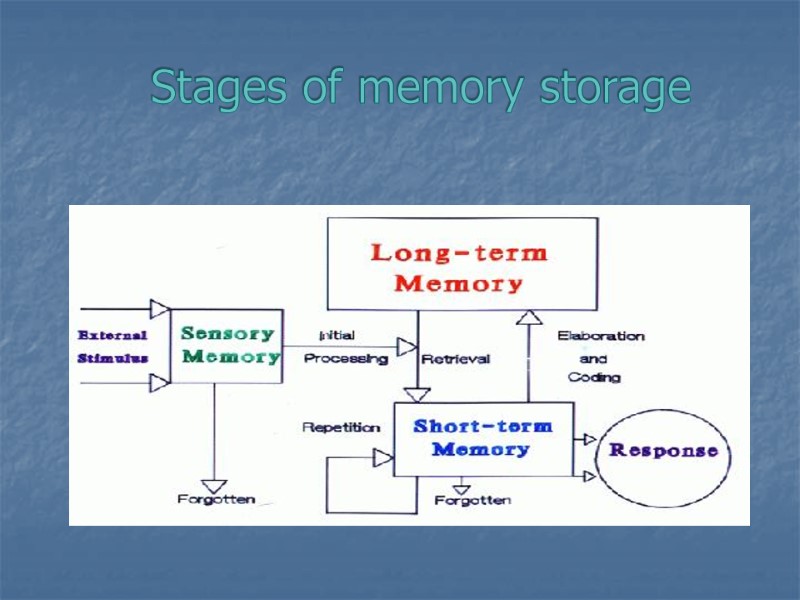
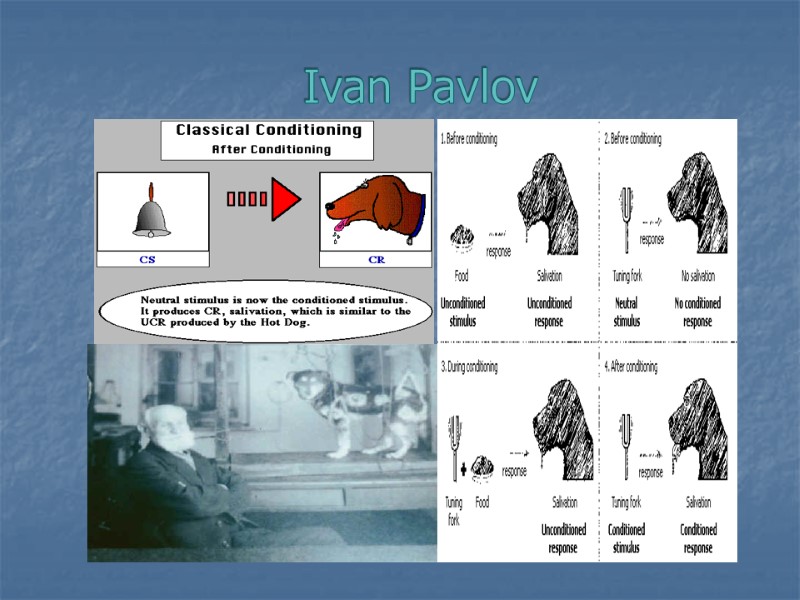
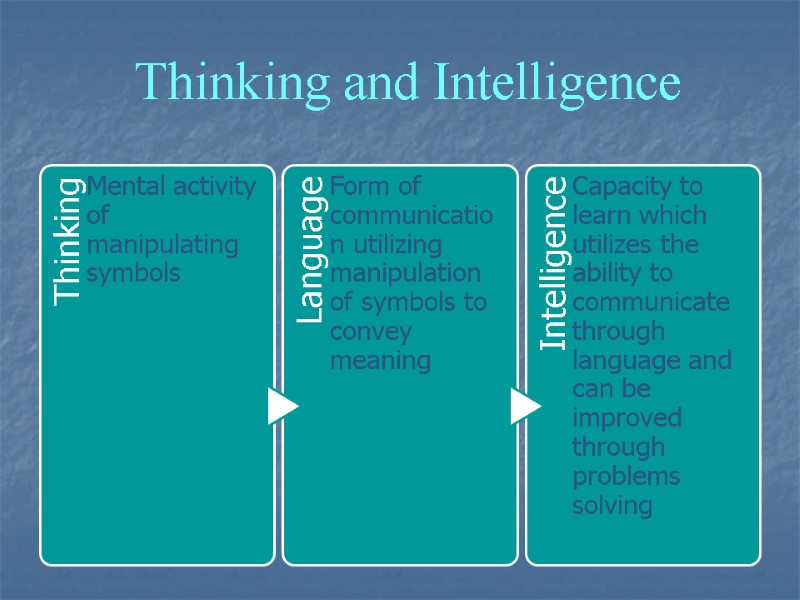


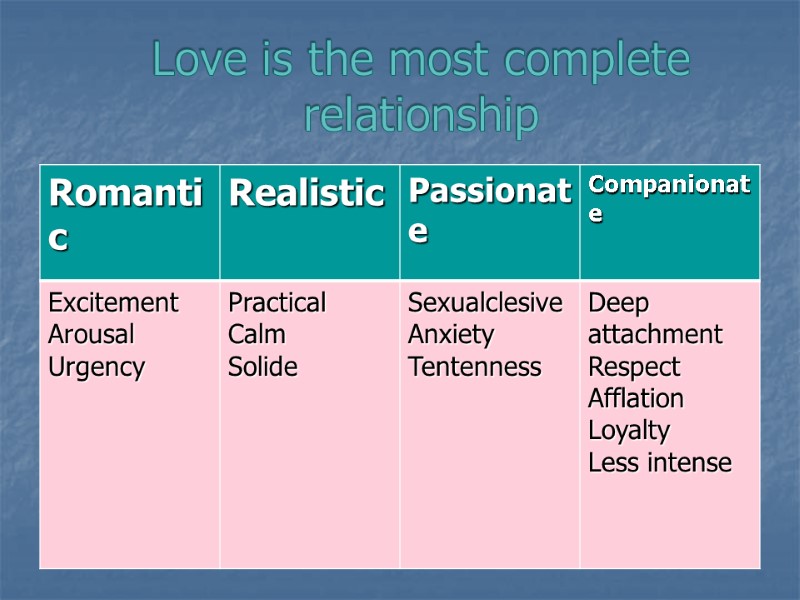
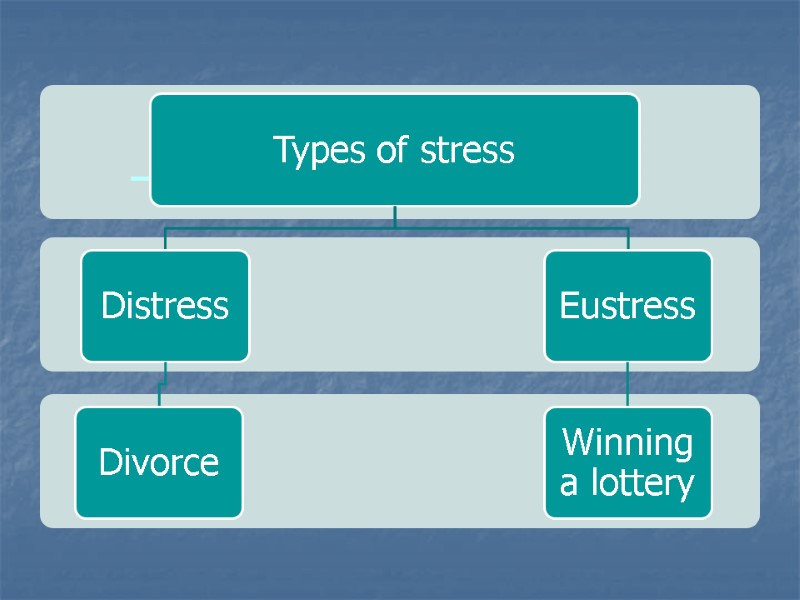
8556-lecture_1_the_study_of_psychology.ppt
- Количество слайдов: 27
 The Study of Psychology Lecture 1
The Study of Psychology Lecture 1
 1 Psychology is the science of behavior and cognition. Psychologists study easily observable behaviors, mental processes, and physiological reactions in humans and animals. The ultimate aim of psychology is to understand behavior and help people. Psychologists seek to understand behavior through four basic goals: description prediction control explanation.
1 Psychology is the science of behavior and cognition. Psychologists study easily observable behaviors, mental processes, and physiological reactions in humans and animals. The ultimate aim of psychology is to understand behavior and help people. Psychologists seek to understand behavior through four basic goals: description prediction control explanation.
 2 Five major schools of thought help trace psychology’s formal history. 1. The first psychology laboratory was set up in 1879 by Wilhelm Wundt at the University of Leipzig to analyze the elements of mental life through introspection in the school called structuralism. 2. William James of Harvard University influenced functionalism, which included the study of overt behavior as well as conscious experience. 3. In 1913, John Watson excluded everything except overt behavior, in the school of behaviorism. 4. Psychoanalysis, under the leadership of Sigmund Freud, broadened the view point of psychology by including unconscious mind. 5. Gestalt psychologists studied whole or complete perceptions rather than individual elements. Today’s approaches to the study of psychology include the biological, humanistic, psychoanalytic, cognitive, and behavior perspectives.
2 Five major schools of thought help trace psychology’s formal history. 1. The first psychology laboratory was set up in 1879 by Wilhelm Wundt at the University of Leipzig to analyze the elements of mental life through introspection in the school called structuralism. 2. William James of Harvard University influenced functionalism, which included the study of overt behavior as well as conscious experience. 3. In 1913, John Watson excluded everything except overt behavior, in the school of behaviorism. 4. Psychoanalysis, under the leadership of Sigmund Freud, broadened the view point of psychology by including unconscious mind. 5. Gestalt psychologists studied whole or complete perceptions rather than individual elements. Today’s approaches to the study of psychology include the biological, humanistic, psychoanalytic, cognitive, and behavior perspectives.
 3 The Psychological Association has numerous divisions which represent the different subfields and interest areas in psychology. Some of the subfields in psychology include: clinical, counseling, school, educational, social, industrial, developmental, and experimental psychology.
3 The Psychological Association has numerous divisions which represent the different subfields and interest areas in psychology. Some of the subfields in psychology include: clinical, counseling, school, educational, social, industrial, developmental, and experimental psychology.
 4 Psychologists use the scientific method of research , in which hypotheses are tested, data are interpreted, and results are published. Basic research is conducted to obtain information for its own sake, whereas applied research is conducted to help solve a practical problem.
4 Psychologists use the scientific method of research , in which hypotheses are tested, data are interpreted, and results are published. Basic research is conducted to obtain information for its own sake, whereas applied research is conducted to help solve a practical problem.
 Naturalistic observation The research method of naturalistic observation involves the objective recording of what you see and hear when watching people or animals in their natural environment.
Naturalistic observation The research method of naturalistic observation involves the objective recording of what you see and hear when watching people or animals in their natural environment.
 Interview The interview research method, the subject interacts with the psychologist by responding to questions being asked. Interviews can be structured or unstructured.
Interview The interview research method, the subject interacts with the psychologist by responding to questions being asked. Interviews can be structured or unstructured.
 Survey In the survey research method, written questions are presented to the respondent. Research with a survey, or questionnaire, allows psychologists to obtain a great deal of information in a brief time.
Survey In the survey research method, written questions are presented to the respondent. Research with a survey, or questionnaire, allows psychologists to obtain a great deal of information in a brief time.
 Test Psychologists use many types of tests to measure people’s abilities, interests, personality, and intelligence.
Test Psychologists use many types of tests to measure people’s abilities, interests, personality, and intelligence.
 Case study The case study is a reconstruction of a person’s life to discover the background leading to the current situation.
Case study The case study is a reconstruction of a person’s life to discover the background leading to the current situation.
 Experiment The experiment allows us to infer cause-effect relationships among variables of interest. Psychologists have a strict code of ethics when dealing with human or animal subjects.
Experiment The experiment allows us to infer cause-effect relationships among variables of interest. Psychologists have a strict code of ethics when dealing with human or animal subjects.
 Psychology is a science of cognition and behavior
Psychology is a science of cognition and behavior
 5 schools of Psychology Structuralism Functionalism Behaviorism Psychoanalysis Gestalt
5 schools of Psychology Structuralism Functionalism Behaviorism Psychoanalysis Gestalt
 Structuralism They studied the conscience of mind of the method of introspection
Structuralism They studied the conscience of mind of the method of introspection
 Functionalism They believed that Psychology should explain the function of consciousness as it influences behavior
Functionalism They believed that Psychology should explain the function of consciousness as it influences behavior
 Behaviorism They concentrated on the objective measurement of observable behavior
Behaviorism They concentrated on the objective measurement of observable behavior
 Psychoanalysis He believed that past experiences of which a person is unaware significantly influence current behavior
Psychoanalysis He believed that past experiences of which a person is unaware significantly influence current behavior
 Gestalt They believed that people are more than the sum of the parts
Gestalt They believed that people are more than the sum of the parts
 Carl Roger’s theory about self
Carl Roger’s theory about self
 Memory processes
Memory processes
 Stages of memory storage
Stages of memory storage
 Ivan Pavlov
Ivan Pavlov
 Thinking and Intelligence
Thinking and Intelligence

 The James-Lange Theory behavior precedes feeling we feel sad because we are crying, we jump quickly to safety: when a car is approaching us and then we feel fear or anger. It is untestable, many scientifics criticized this theory
The James-Lange Theory behavior precedes feeling we feel sad because we are crying, we jump quickly to safety: when a car is approaching us and then we feel fear or anger. It is untestable, many scientifics criticized this theory
 Love is the most complete relationship
Love is the most complete relationship


